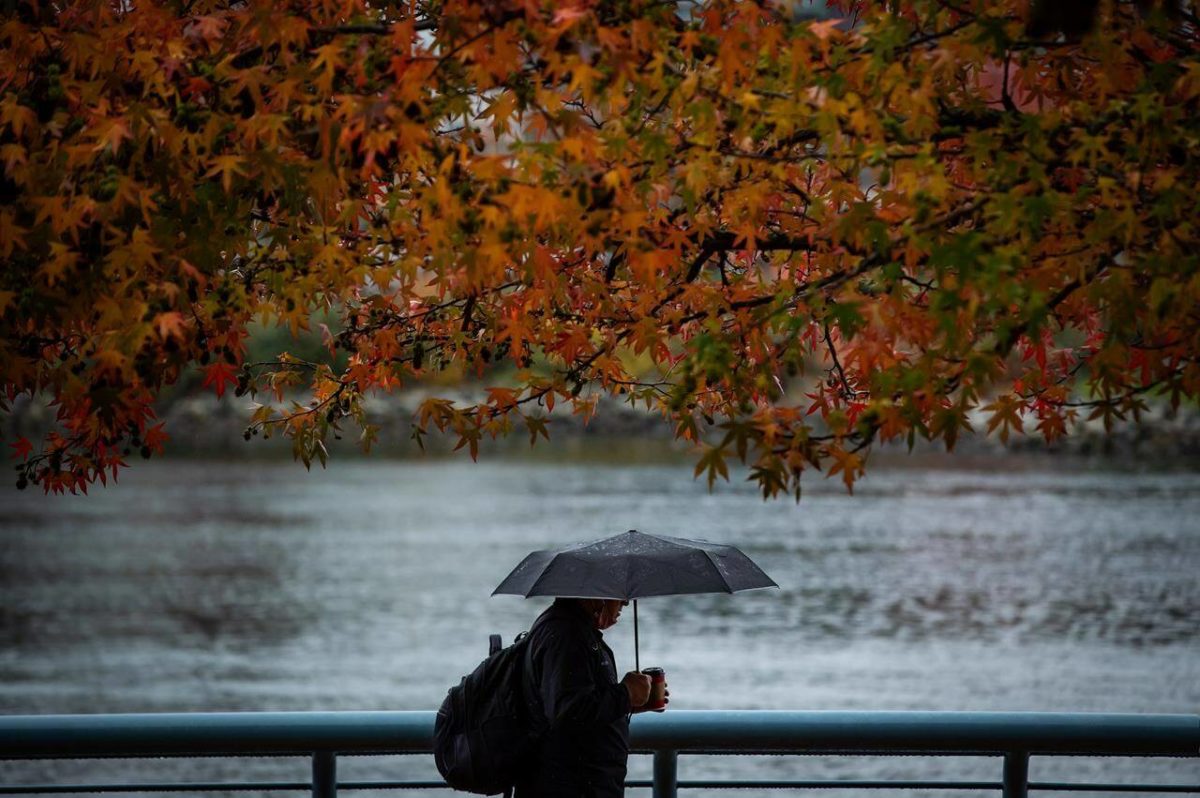Some rain at last, but more needed to break drought
Weather watchers in many coastal communities doubt a series of incoming weather systems will relieve the drought gripping parts of British Columbia.
Environment Canada says rain is expected to continue through into next week and shishalh Nation Chief Warren Paull anticipates the Sechelt area could receive as much as 35 millimetres from the expected round of systems, but says much more is needed.
***
The U.S. National Weather Service has released its updated winter outlook, reaffirming North America will be dominated by a third straight La Niña winter. The National Oceanic and Atmospheric Administration said winter temperatures will dip up to 50 per cent below normal along a border region stretching from BC to the western reaches of the Great Lakes. Rain is expected to be 40 to 50 per cent above average across the border regions of BC and Alberta.
***
Vancouver Island, the inner south coast, including Sechelt, and the entire northeast corner of the province are listed at drought Level 5, the most severe ranking, meaning negative effects are almost certain on everything from the environment to jobs.
Several more BC regions had been upgraded to Level 5 drought rating by Friday, including the eastern Pacific Range, a swath of land stretching from north of Whistler to the U.S. border, and the Kettle region of south-central BC.
Sechelt had received just nine millimetres of rain between early July and Oct. 20, when it can usually expect an average of 200 millimetres, while just eight millimetres had fallen in Chilliwack over the same period, far below the average of 245 millimetres.
Before Friday, the last appreciable rain in Vancouver fell on Sept. 4, while Victoria and Sechelt had previously not had appreciable rain since July 3 and July 6, respectively.
The Sunshine Coast Regional District declared a local state of emergency this week as its main water reservoir fell to critically low levels, and a statement from the district estimated it would need 150 millimetres of rain to completely recharge the watershed and ease restrictions.
Other parts of BC, including Haida Gwaii, the central coast, the Coldwater River and Nicola areas around the City of Merritt, and the Parsnip and Finlay basins of north-central B.C. are ranked at drought Level 4, and the dry conditions everywhere mean BC’s wildfire season drags on.
More than 200 active fires are currently burning, including four suspected human-cased blazes sparked Wednesday and another on Thursday, along with two fires linked to lightning.
Wildfires in the Fraser Valley and Manning Park, as well as several large blazes in Washington State were blamed for sending a thick, hazy blanket over most of the lower half of the province for days, prompting Environment Canada to issue air quality advisories.
IQAir, the organization that posts global air quality ratings, listed Vancouver as having the fourth-worst air quality on the planet Thursday, just behind Seattle, Portland, Ore., and Beijing.
Environment Canada has maintained its air quality advisories, but was calling for significant improvement through as winds helped clear the smudgy skies.

